The Splendor of the Ming Dynasty: The Legendary Tales of Zhu Zhanji, Zhu Qizhen, and Zhu Qiyu
The Ming Dynasty, an era filled with glory and change, witnessed the emergence of many outstanding historical figures. Among them, Zhu Zhanji, Zhu Qizhen, and Zhu Qiyu, the three members of the royal family, whose destinies intertwined, jointly wrote a glorious chapter in the history of the Ming Dynasty.

Zhu Zhanji, known as Ming Xuanzong, was the grandson of Zhu Di, the Ming Chengzu. He inherited his grandfather's wisdom and decisiveness and became a wise and enlightened ruler. Under his reign, the country enjoyed political stability, economic prosperity, and significant development in culture and art, earning the reputation of the "Rule of Ren and Xuan." Zhu Zhanji was committed to improving people's livelihood, reducing taxes, building water conservancy projects, and enhancing agricultural production, resulting in a surplus in national finances and a peaceful and prosperous life for the people. He also valued cultural education, promoted scholars, and established schools, contributing to the revival of culture.
However, after Zhu Zhanji's son, Zhu Qizhen, succeeded the throne as Ming Yingzong, the situation changed. In the early years of his reign, due to his young and inexperienced nature, state affairs were largely manipulated by the eunuch Wang Zhen. Wang Zhen's tyrannical rule led to corruption in the imperial court and the gradual decline of national strength. One of the most notable events during Zhu Qizhen's reign was his capture by the Wala tribe, which led to the famous "Tumu Fortress Incident" in history. This event shook the entire country and exposed the fragility of the Ming Dynasty's military and political system.
Zhu Qiyu, known as Ming Jingdi, was the younger brother of Zhu Qizhen. He ascended the throne during Zhu Qizhen's captivity. Although his reign was brief, Zhu Qiyu was intelligent and decisive, excelling in handling state affairs. He demonstrated remarkable talent in addressing the crisis of his brother's captivity, strengthening border defenses, reorganizing the military, and successfully resisting foreign invasions. Although Zhu Qiyu's reign was brief, his series of measures laid the foundation for the stability and development of the Ming Dynasty.
The stories of these three emperors are not only reflections of the ups and downs of personal destinies but also microcosms of Ming Dynasty history. Zhu Zhanji's Rule of Ren and Xuan showcased the prosperity and splendor of the Ming Dynasty; Zhu Qizhen's experiences reflected the political turmoil and external threats of the mid-Ming period; and Zhu Qiyu's governance demonstrated the resilience and recuperative powers of the Ming Dynasty in times of crisis.
Looking back at this period of history, we can not only see the role of individuals in the tide of history but also understand the complexity and variability of history. The wisdom of Zhu Zhanji, the ups and downs of Zhu Qizhen, and the decisiveness of Zhu Qiyu jointly constitute a magnificent historical tapestry of the Ming Dynasty. Their stories teach us that regardless of how times change, the wisdom and decisions of leaders always determine the fate of the country, and the lessons of history serve as beacons for future progress.
Disclaimer: The above content is sourced from the internet and the copyright belongs to the original author. If there is any infringement of your original copyright, please inform us and we will delete the relevant content as soon as possible.
Guess you like it

Has the Grand Duchy of Moscow perished? What are the reasons for its demise?

The Punishment of "Dian Tian Deng": A Cruel Depiction in History and Literature
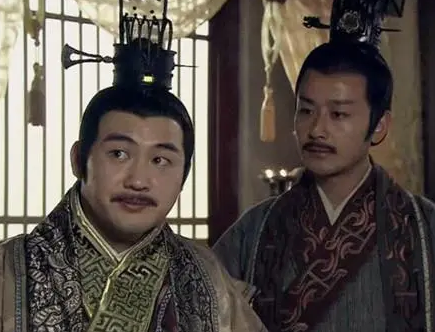
What contributions did Liu Fei, the son of Liu Bang, and Lu Zhis tolerance make, given Liu Feis strength and Lu Zhis forgiving nature?
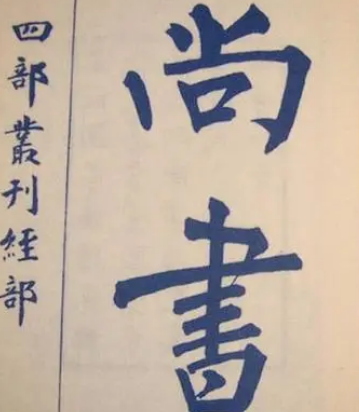
Fu Sheng: The Founder of Han Dynasty Classics and the Inheritor of Shangshu
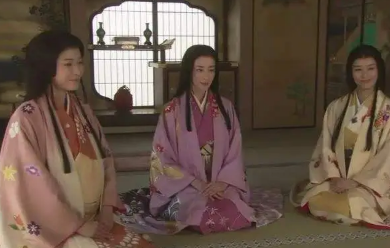
Who are the three daughters of Asai Nagamasa? What are their stories?
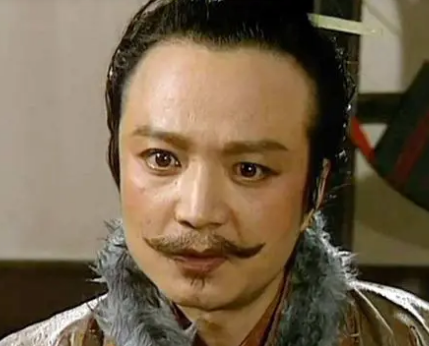
Liu Feng and Zhuge Liang: Unveiling a Historical Commentary
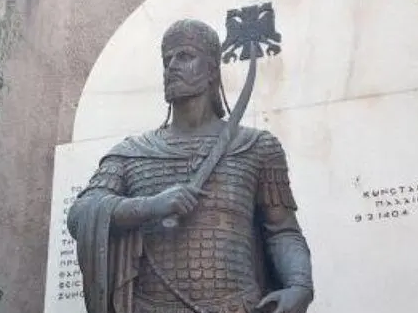
What is the area of the Grand Duchy of Moscow? What places does its territory include?
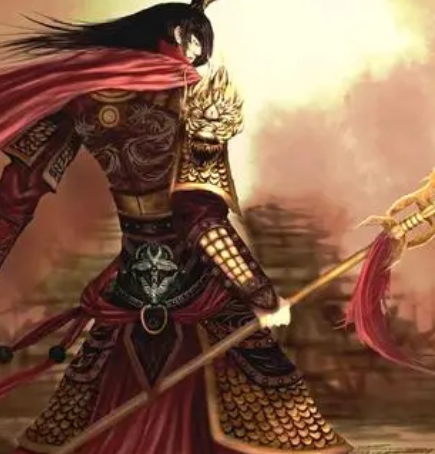
What is the truth behind Lu Bus bravery and Zhang Feis challenge?
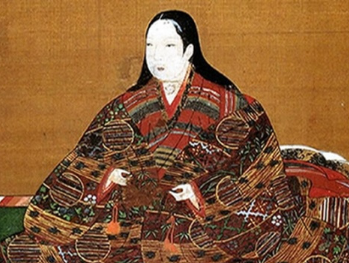
Why is Asai Chacha considered a princess? Who is Asai Chacha?
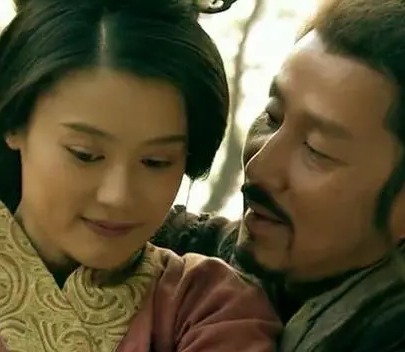
Liu Bang and Lady Qi: A Tragedy of Power and Love









